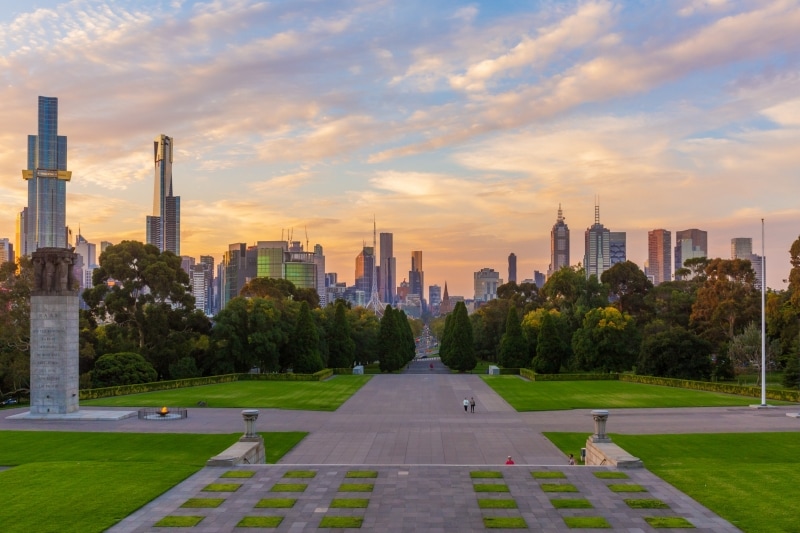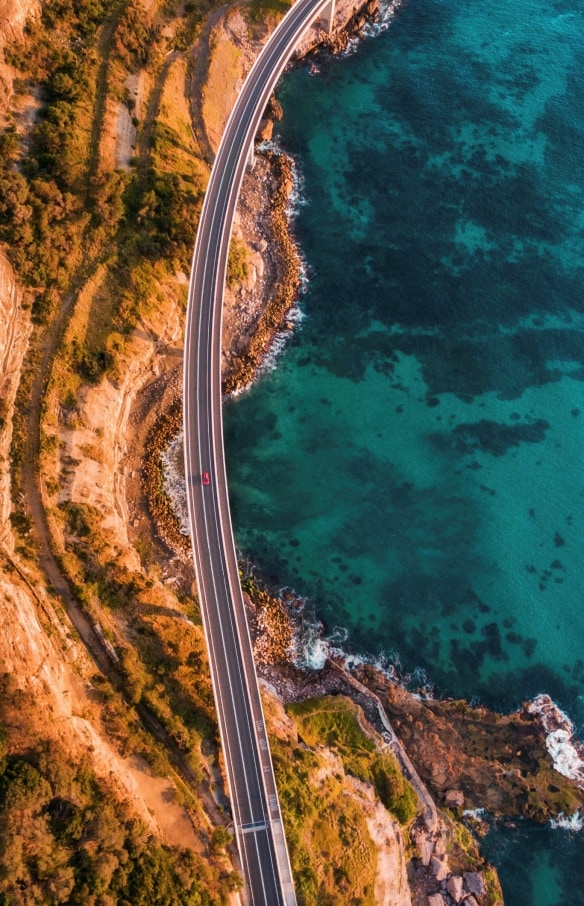
GoBoat Canberra, Australian Capital Territory © Tourism Australia
8-day Sydney to Melbourne inland drive
Explore quaint country towns, cool-climate vineyards and prestigious cultural landmarks along the inland route between Australia’s two largest cities.
Trip Overview
The must-do experiences
- Discover Sydney Harbour’s awe-inspiring beaches and attractions
- Sample cool-climate wines at boutique vineyards
- Go back in time at Sovereign Hill, a living gold rush museum
Day 1: Sydney
Today, explore the best of Sydney’s sparkling harbour, laid-back beach culture and trending dining scene.
Day 2: Sydney to Bowral
Drive to the Southern Highlands, known for its picturesque villages, green fields, antique shops and small wineries.
Day 3: Bowral to Canberra
Make your way to Australia’s capital city, Canberra, stopping along the way for a taste of countryside history and cool-climate wines.
Day 4: Canberra and surrounds
From cultural journeys to back-to-nature adventures, here’s how to experience Australia’s capital.
Day 5: Canberra to Wagga Wagga
Head north to explore the scenic country towns of the Riverina Region, from Yass to Gundagai and Wagga Wagga.
Day 6: Wagga Wagga to Benalla
Drive south into Victoria today. Explore the Murray River, treat your tastebuds at an award-winning restaurant and sip some of Australia’s finest prosecco.
Day 7: Benalla to Ballarat
Journey across the heartland of Victoria into Daylesford and Ballarat. Spa experiences, gourmet produce and wildlife encounters await.
Day 8: Ballarat to Melbourne via the Bellarine Peninsula
Before driving to Melbourne, meander south to discover the Bellarine Peninsula’s boutique wineries and stunning coastal scenery.


































































































































